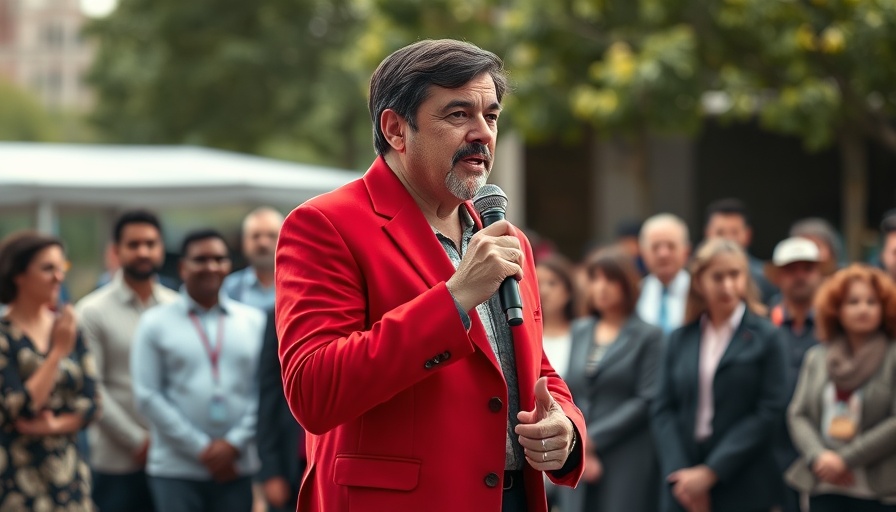
Resurrecting a Dream: Wildwood Flour's New Chapter
With the curtains drawn on her beloved Pacific Beach bakery, Lauren Silver has turned her sights towards a fresh, ambitious venture—a working farm and ranch nestled in Campo, California. This transformation from a bustling bakery to a serene agricultural landscape encapsulates a broader narrative: the return to roots and simplicity in our increasingly complex world.
The Winds of Change: A Bakery's Closure
In late 2024, the closure of Wildwood Flour in PB was a bittersweet moment. Silver recalls fondly, "We had a wildly fun and successful time on Garnet," yet she recognized the difficult reality of rising operational challenges. The closure wasn't simply a business setback; it was a transformative moment that encouraged her to reevaluate her connection with food, the land, and her community.
A Journey Toward Regenerative Living
With experiences traveling the globe and a pressing desire to delve into regenerative agriculture, Silver's journey could be likened to a contemporary pilgrimage. Buying chickens and experimenting with sourdough became her tangible link to the land—a relationship forged through hard work and dedication. The necessity to adapt, innovate, and embrace sustainability has never been more critical in today's food landscape.
The Allure of Campo
After searching for a new location, Silver found a breathtaking ranch at the end of a winding, dusty road in Campo. Its intimate setting among oak trees and proximity to family drew her in. While she acknowledged the challenges ahead—"the property has less acreage and needs plenty of work"—it’s this commitment to revival that reflects her overarching vision: to create a destination that honors the natural environment while providing nutritious sustenance.
Embracing a Sustainable Future
The design of Wildwood’s new chapter is set to embody the principles of sustainability and community engagement. Inspired by the regenerative practices encountered throughout her travels, Silver aims to create a model where visitors can explore the symbiosis between farming and baking. Imagine a space where the journey of ingredients—from farm to loaf—becomes an educational experience, one that resonates with visitors seeking connection to their food sources.
A Call to Local Support
Silver's journey is a testament to resilience and adaptability, qualities that resonate deeply with many San Diegans. As she builds her new venture, there lies a unique opportunity for the community to engage and invest in a project that embodies local values of sustainability, creativity, and support. Consider becoming part of this vibrant narrative. Consumers can uplift local businesses and contribute to a reimagined food landscape, one that celebrates health, community, and environmental stewardship.
As Wildwood Flour takes on its new identity as a working farm and ranch, it invites pastry lovers and sustainability advocates alike to witness a renaissance of what it means to build a healthy, nurturing community.
 Add Row
Add Row  Add
Add 




Write A Comment